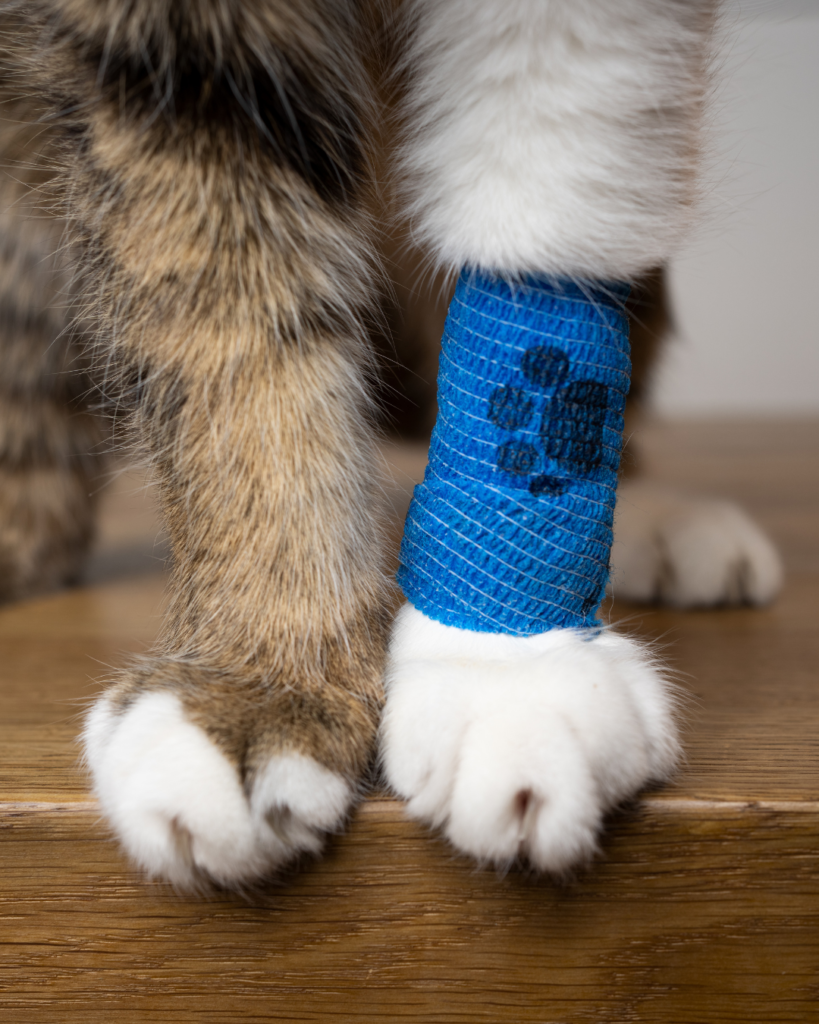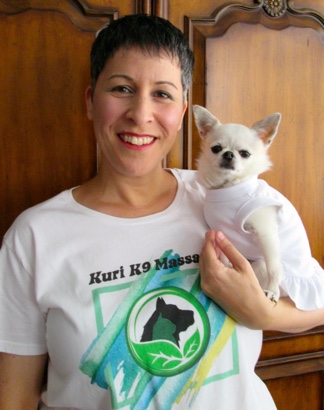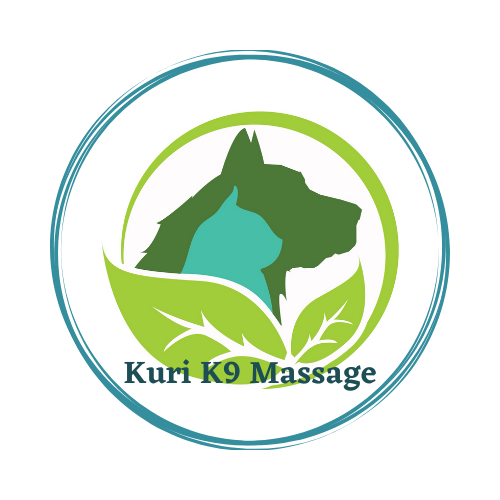Do you know how your four-legged friend compensates when injured or sore in one particular limb?
For those of you who aren’t totally sure, compensation, when referred to in rehabilitative health care, refers to the body’s response to an area of the body suffering from some sort of discomfort. The body seeks to remove or reduce the sensation of pain in the damaged area by ceasing movement in the affected area and shifting away from that area. This means the center of gravity changes, and the balance of the body is shifted away from the painful area to healthier areas that are suffering less (or no) discomfort.
This shift occurs in the opposite direction and the opposite side in relation to the painful area. It is a counterbalancing of the structure or function of one part of the body by increasing activity or muscle development in another or other parts of the body. For example, if a dog is suffering from arthritis in her right hip, she will shift her weight forward to her front assembly (opposite direction), and most of the weight towards her left forelimb (opposite side).
Compensation protects the injured area and allows for healing, but this counterbalancing asks the body structure to perform tasks it is not originally intended to handle. Over an extended period, the compensating structures, while allowing healing in other areas, are themselves weakened and fatigued, leaving them susceptible to dysfunction and injury. This is why massage therapy is crucial in relieving this overused area (however temporary this overuse may be).
Massage therapy works to keep the body as centered as possible, minimizing the weakening of an injured area while promoting healing, as well as relieving the fatigue from overwork that counterbalancing muscles and structures will suffer. This keeps the areas of compensation strong and healthy, so they don’t become a new area of injury even as the original injury heals.
Often, as in the case of arthritis, massage therapy can be conducted in/around the area of pain (the arthritic joint) as well as the compensating muscles opposite. But in other cases, such as damage to the actual bone, you do not want to perform any massage therapy in the area of injury; however, massage therapy CAN be administered in compensating muscles, therefore giving your pet a lot of relief, as these muscles are being overused.
What else can you do? In large part, the injured or painful area needs to be healed to whatever extent it can be, so that compensation is no longer necessary, or at least lessens.

Article by Regan Macaulay, Owner of Kuri K9 Massage
After extensive training through Treetops Animal Massage Certification Program (Ontario), I started my mobile business, Kuri K9 Massage in 2013 to help Toronto and GTA pets live healthier, happier lives by relieving physical and emotional pain and tension, thereby also relieving stress for fur baby moms and dads—boosting quality of life together for longer. I offer Swedish massage therapy to dogs and cats young and old, as well as reflexology, lymphatic drainage massage, sports massage, acupressure, and hydrotherapy wraps, as well as distance Reiki.
Website: https://www.kurik9massage.com/
Instagram: kurik9massage
Facebook: Kuri K9 Massage






